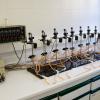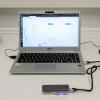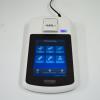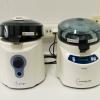- What is the IA2?
- Research and Transfer
- Services
- Press and dissemination
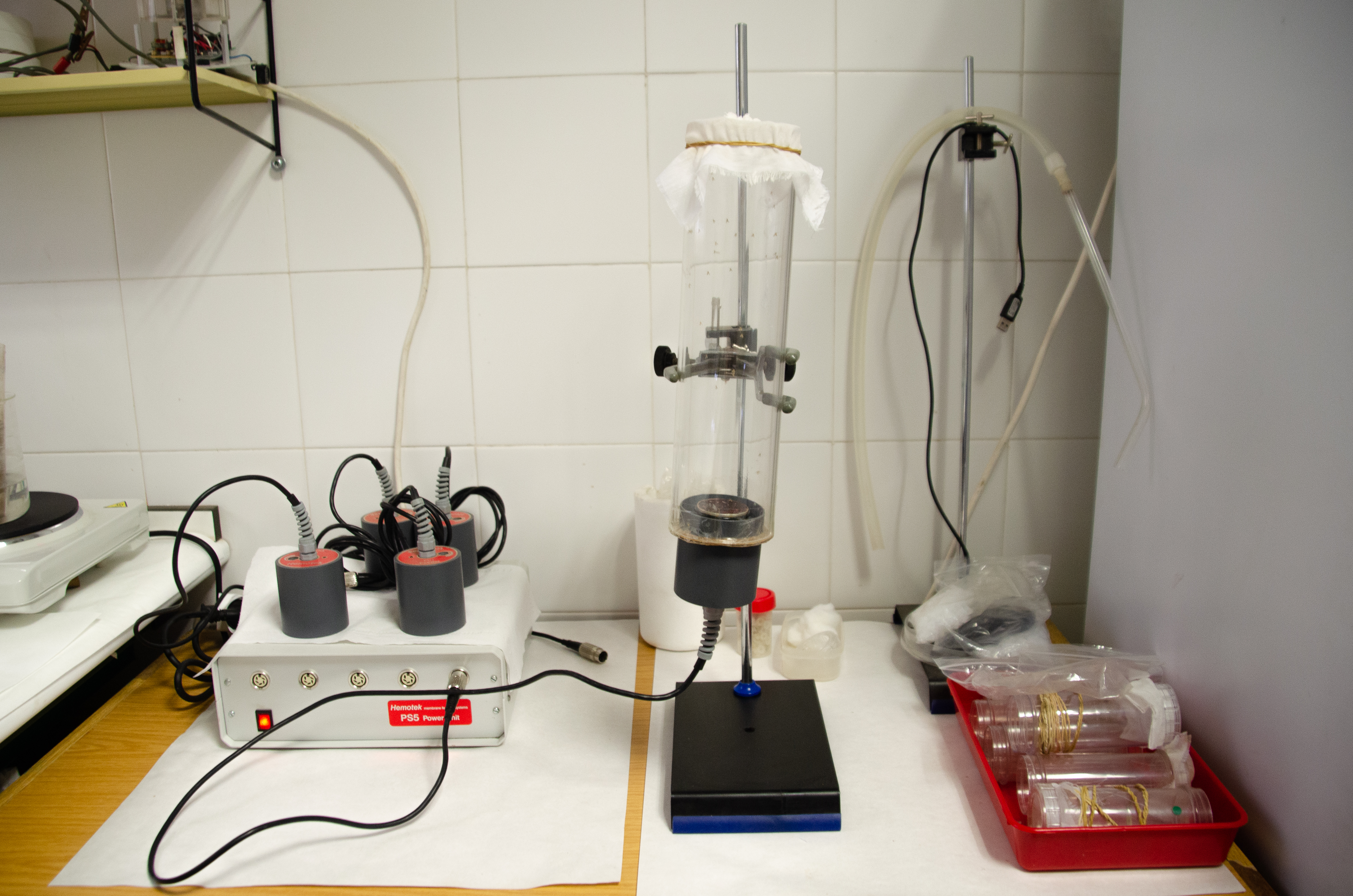
Physiology Laboratory
Location
University of Zaragoza. Faculty of Veterinary Medicine. Central Building
Equipment
This laboratory, oriented towards gastrointestinal physiology and physiopathology, provides scientific-technical support in the investigation of the regulatory mechanisms involved in intestinal function and inflammatory processes of the intestine, dependent on the interaction with its microbiome.
Currently, studies are being carried out in relation to the physiopathological mechanisms responsible for gastrointestinal motor alterations induced in infectious processes. For this purpose, the laboratory has the capacity to perform immunological techniques, recording of the electrical activity of intestinal muscle cells, and studies of gastrointestinal motility in vivo (electromyography) and in vitro (organ bath).
Studies are also carried out in relation to the physiopathological regulation of the serotoninergic system and its application in chronic inflammatory intestinal pathologies. To this end, the laboratory has the capacity to develop techniques for the functional expression of 5-HT transport in cell culture, kinetic determinations, inhibition studies and calculation of the dose-response and determination of mRNA expression (real-time quantitative PCR RT-qPCR using specific primers), and protein expression (Western-Blotting and immunohistochemistry).
In the line of research on the mechanisms of interaction of the microbiota with the host intestine, a model of intestinal dysbiosis produced by antibiotics in treated mice is carried out at laboratory level. In this regard, the laboratory has the capacity to carry out PCR, denaturing gradient gel electrophoresis (DGGE), sequencing, histology and immunofluorescence techniques.
With three defined work areas, the laboratory has the following equipment:
Gastrointestinal motility recording and analysis unit:
- Equipment for recording and analysis of gastrointestinal motility in vivo (electromyography), in vitro (organ bath) and in isolated cells: high gain amplifiers, high-pass filters, analog-to-digital converter, physiological signal acquisition and analysis software (AcqKnowledge® v3.8.).
Cell culture equipment:
- Vertical laminar flow cabinet: TelstarTM AV-100.
- CO2 incubator: Heraeus® BB16.
- Inverted light microscope: Olympus® CK2. Olympus Corporation
Equipment for functional expression of transporter proteins and for molecular protein expression techniques:
- Incubation baths: WNB10. Memmert, Digiterm 100. Brand: Selecta.
- Platform rocking shaker: Duomax 1030. Heidolph Instruments GmbH & Co. KG
- Western blotting equipment: Mini-PROTEAN® Tetra Cell. Bio-Rad
- Protein wet transfer system. Mini Trans-Blot® Cell. Bio-Rad
- Ultrasonic Sonicator Homogenizer. HD 2200. BANDELIN electronic GmbH & Co.
- RT-PCR. Model: DNA Engine® Peltier Thermal Cycler. Bio-Rad.
- Digital image acquisition and analysis. BioDoc-it® Imaging System. UVP
Real-Time RT-PCR:
- StepOne PlusTM Real-Time PCR System: StepOne PlusTM Real-Time PCR System. Applied Biosystems. ThermoFisher Scientific
Equipment for massive sequencing techniques:
- Third-generation sequencer: MinION. Oxford Nanopore Technologies
- Homogenizer of soft and hard samples for DNA, RNA or protein extraction: Precellys®Cryolis. Bertin Instruments
General common equipment:
- Microcentrifuge
- Freezers -80ºC and -20ºC.
- Autoclave


